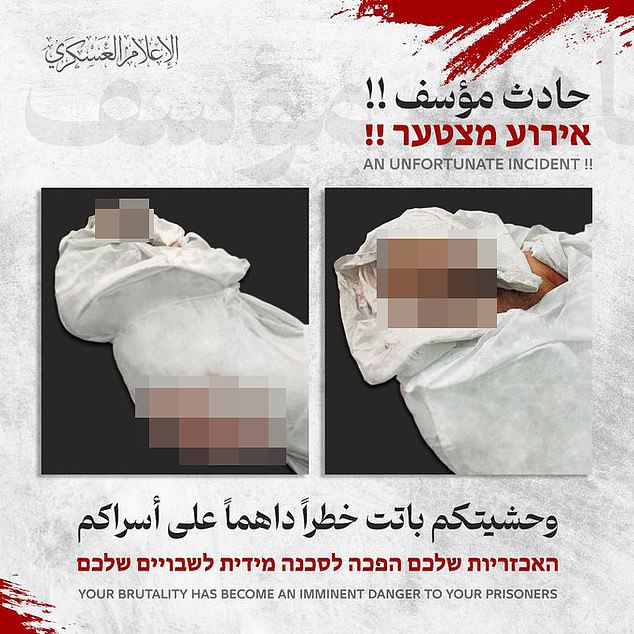Hamas released a sickening photograph of a hostage killed in captivity as “last chance” ceasefire talks began yesterday.
The terror group refused to meet its Israeli counterparts in Doha for the latest round of negotiations despite immense pressure from both sides to finally end the war.
Instead, it shared an image of Ofir Tsarfati’s body under the headline “an unfortunate incident” and said: “His brutality has become an imminent danger to his prisoners.”
One source said one guard “acted against orders in revenge after receiving news of the martyrdom of his two sons in one of the enemy’s massacres.”
The IDF said Tsarfati’s body was recovered in November after he was killed by the group and confirmed that the family had been informed.
It suggests the terror group only released it on Thursday as part of twisted mind games with Israeli negotiators.
Hamas shared an image of the body of Ofir Tsarfati, whose body was recovered in November
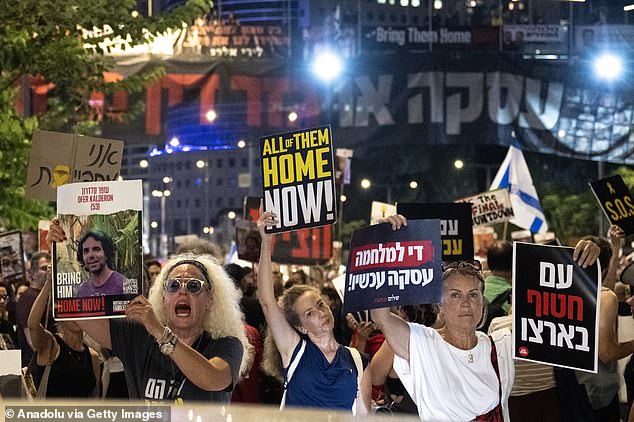
People demonstrate in front of the Ministry of Defense building demanding that the government sign a ceasefire and hostage exchange agreement on Thursday.
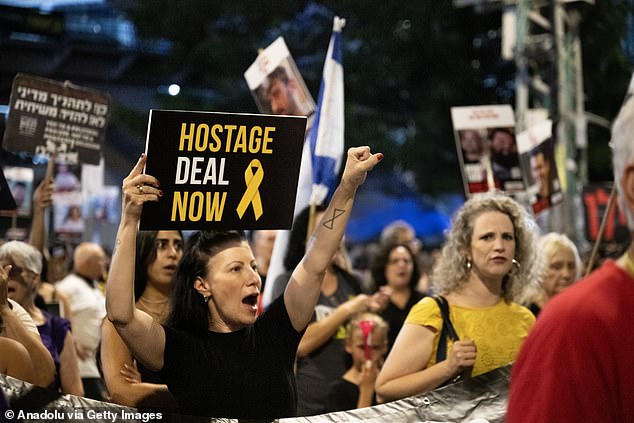
Protests have been going on in Tel Aviv for months, calling for an end to the war.
The mother of the hostage whose photo Hamas cruelly published last night called on both sides to reach an agreement and asked that her son be remembered as a “perfect man.”
Tsarfati was abducted from the Nova festival before his body was recovered in November.
His mother, Richelle, said: “After ten and a half months of a difficult and painful war, Hamas decided today to publish a photo of Ofir. I chose not to look at the image Hamas published.
‘Instead, I want to remember Ofir as he was: a perfect man, handsome, smiling and happy, not as Hamas has chosen to portray him in its despicable psychological warfare.
“The important thing today is that the agreement being worked out is successfully implemented. There are 115 hostages who must return home: the living for rehabilitation and the dead for a proper Jewish burial.
“The important thing today is that the team succeeds and does everything possible to return home with a contract. Everyone has to return home, every single person. And now.”
Benjamin Netanyahu is under intense internal pressure to reach a deal with the 111 hostages still held in Gaza, of whom at least 39 are dead, according to the IDF.
Its bloody war has also killed more than 40,000 Palestinians, according to the Hamas-run Health Ministry.
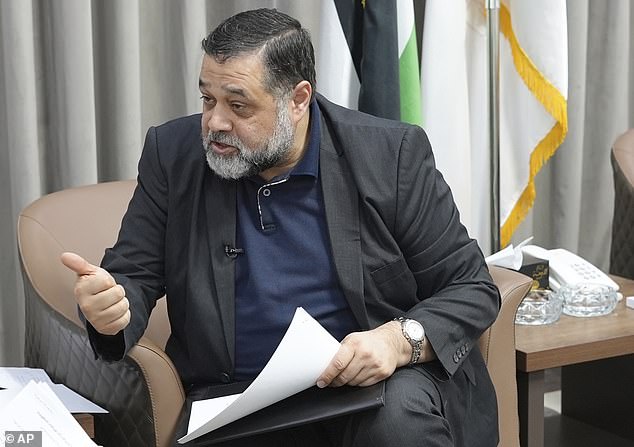
Hamas political official Osama Hamdan speaks during an interview with The Associated Press in Doha on August 13.
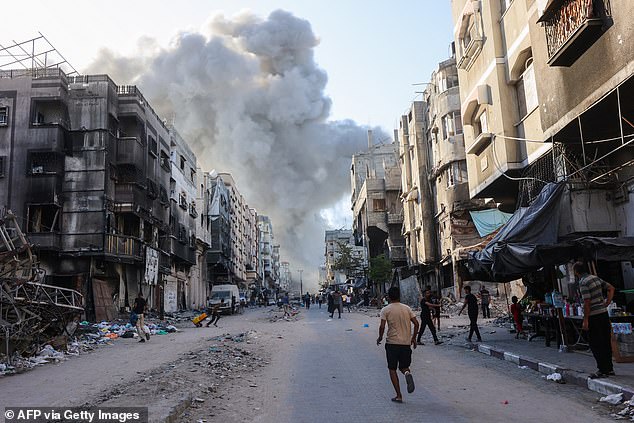
Palestinians run towards a column of smoke rising after Israeli shelling hit a school compound on August 3.
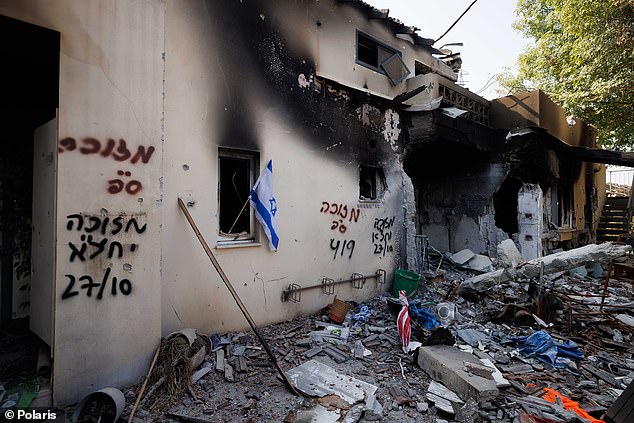
Damage to a building in Kibbutz Be’eri in Israel following Hamas attacks on October 7
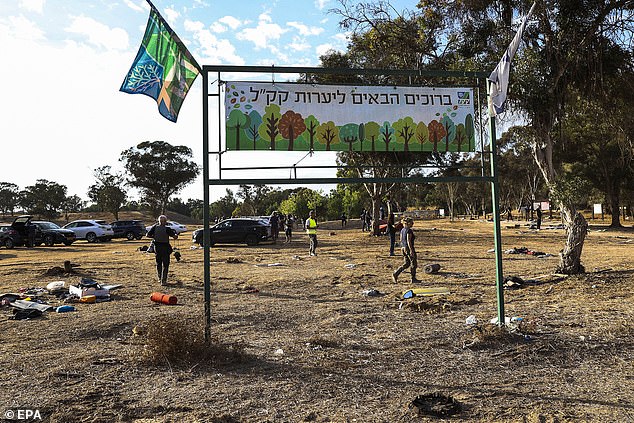
Ofir Tsarfati was kidnapped at the Nova festival on October 7 (photo from the scene on October 17)
Talks have resumed in the Qatari capital to try to implement a proposal put forward by President Joe Biden on May 31.
Israeli officials said they considered this to be the “last chance” to reach a compromise and said they had been given a slightly expanded mandate.
CIA Director William Burns was due to attend after a joint call by the ambassadors of the United States, the United Kingdom, France and Germany to seal the deal.
Although Hamas is not involved, intermediaries from Egypt and Qatar are in close contact with the terrorist group and are still expected to be able to pressure it into reaching a deal.
US National Security Council spokesman John Kirby said it was now “when things get tougher and tougher,” adding: “We hope we can make some progress in the coming hours and days.”
Pressure is mounting because Iran has said it will directly attack Israel if peace talks fail. Tehran had vowed to retaliate for the killing of Hamas leader Ismail Haniyeh last month but is holding off on doing so pending negotiations.
Last week, mediators called on Israel and Hamas to resume negotiations. They said “there is now a framework agreement on the table and only the details of its implementation are missing” and that they had a proposal to overcome their differences.
The first phase of the agreement would include a “full and comprehensive ceasefire” lasting six weeks and the withdrawal of Israeli forces from populated areas of Gaza.
At that time, all female hostages, the elderly and the sick or wounded will be exchanged for Palestinian prisoners.
The second phase would involve the release of all remaining living hostages and a “permanent end to hostilities” before a third phase of rebuilding Gaza and the return of dead hostages.
Hamas has said it will “not engage in negotiations for the sake of negotiations to provide cover for Israel to continue its war.”
He accused Netanyahu of “adding new conditions” and reneging on Biden’s plan, a claim vehemently refuted by the Israeli prime minister.
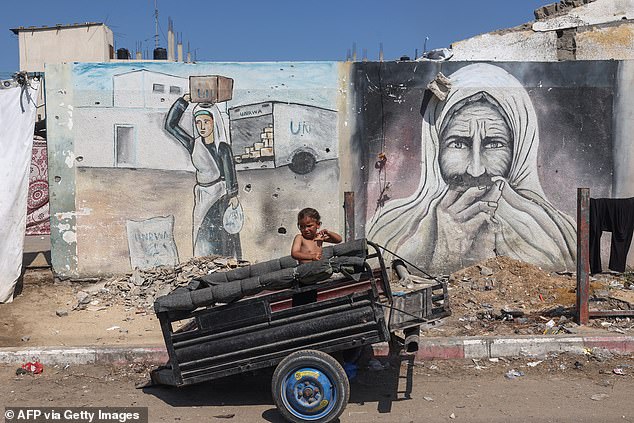
A child sits in a trailer at a makeshift camp for displaced people in Gaza on August 13, 2024.
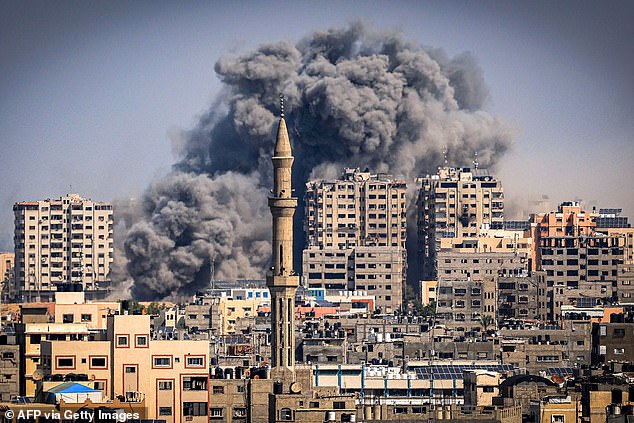
Smoke rises in Gaza City on October 12, 2023, five days after Hamas’s incursion into Israel
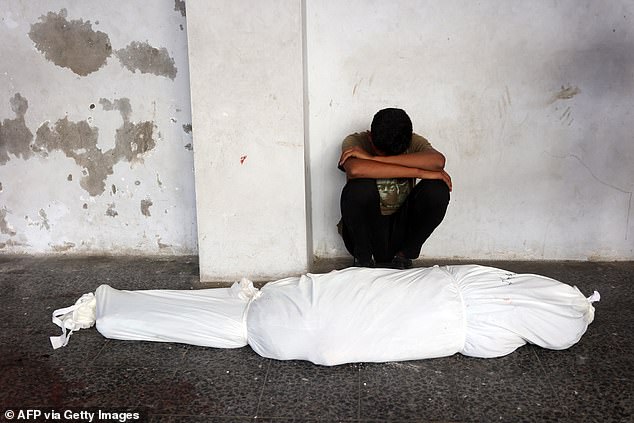
A man mourns the blanket-wrapped body of a relative in Gaza City on August 10.
There are growing fears of a regional war if the two sides fail to reach an agreement.
David Lammy will land in Tel Aviv today to meet with his Israeli and French counterparts.
The British Foreign Secretary said: “We are at a crucial moment for global stability. The next few hours and days could define the future of the Middle East.”
“That is why today and every day we urge our partners across the region to choose peace.”
He is scheduled to meet Israel Katz and Stéphane Sejourne as he presses diplomats to reach a deal in Doha.
“These talks are an opportunity to secure an immediate ceasefire that will protect civilians in Gaza, secure the release of hostages still cruelly held by Hamas and restore stability at a dangerous time for the region,” he said.
“The United Kingdom will continue to use all diplomatic tools to achieve a ceasefire.”
(tags to translate)dailymail

